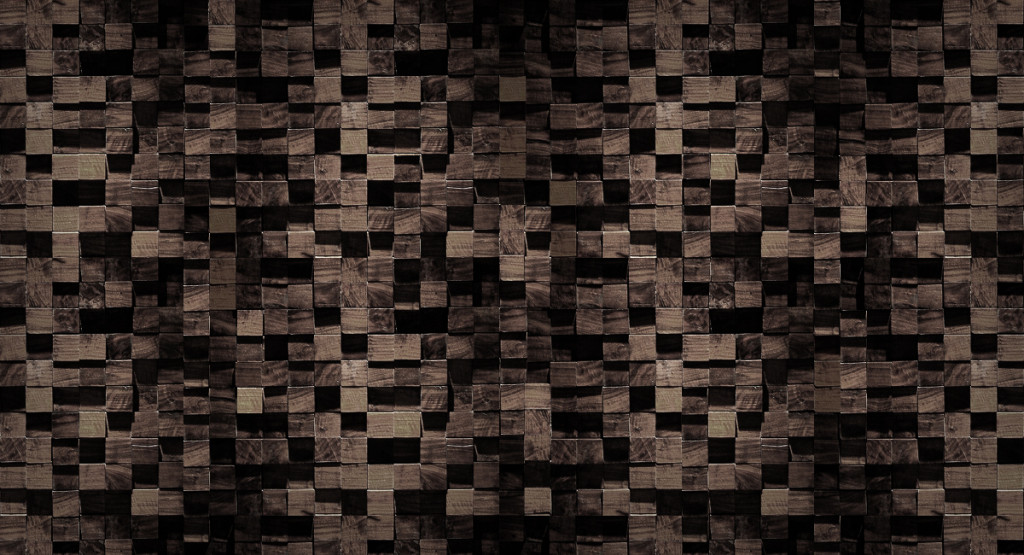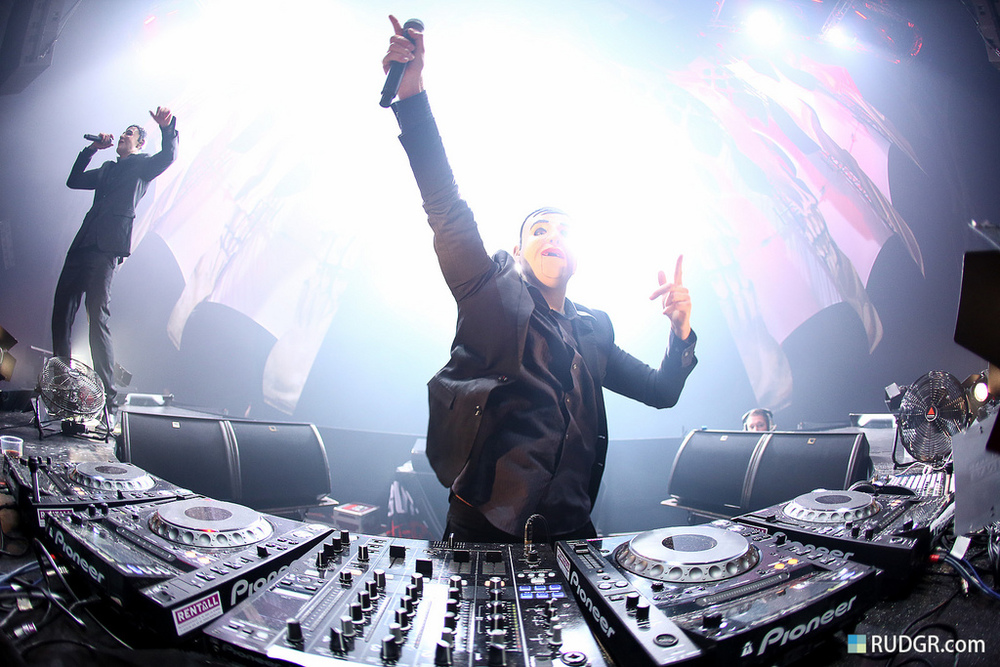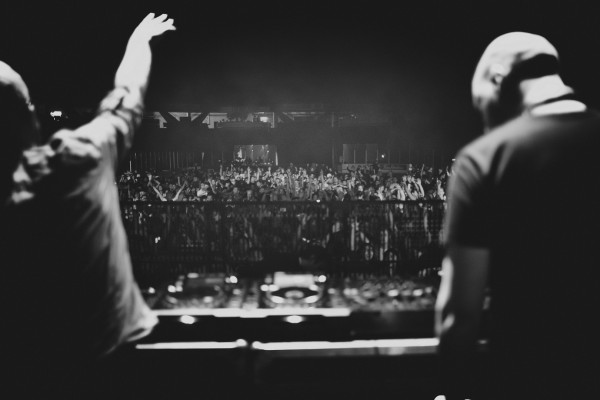Joining Forces – Udex talks about the world of ‘collabs’
From its very conception, the Hard Dance scene is inundated with tracks made by the combining forces of two or more producers; the so-called ‘collabs’. As collabs turned to be a natural element in the scene, the processes evolving these collaborations have often become taken for granted. With the knowledge that the simplest things in life often turn out to be the most complex ones, it’s time to unravel some of the unknown territory surrounding collabs. Most recently, Udex finished the track “Different Reality,” together with the guys from Prefix & Density and was given the opportunity to showcase it alongside P&D on Defqon.1’s Indigo stage. While he is busy working on his new release “The process” we took a minute of his time to ask this talented Dutch youngster about the ins and outs of the world of collabs.
Track process
Many of us laymen only get small glimpses of producers’ working methods, not to mention how they collaborate in the studio. And thus, things get interesting when we talked with Udex about the way collabs are created. “In a collab we usually create the basis of a track together. However, from that point on we start to work separately, as every individual elaborates his own vision of the track to preserve ‘the best of both worlds.’ When both have finished their vision of the track, with their own elements, we plan a meeting. This method preserves the sound of both producers whereupon it can be moulded into one blistering track.” And thus – surprisingly – when producers make a collab they often spend most of their time separated from one and another. Moreover, producers sometimes never meet face-to-face. “Usually, the brainstorm phase is face-to-face, as it was with Prefix & Density, however my collab with Aeros was entirely created over Skype and with Anklebreaker I only exchanged files over chat.”

Popularity of collabs among producers
The question remains why collabs are so popular in the world of producers. It turns out that the answer to this question is quite obvious. “Collabs are a way for producers to exchange their knowledge to one another. So basically, a collab is a learning process in which we try to improve our producing skills. Every time it turns out that a producers, often in an extraordinary fashion, approach a project rather differently. I have seen around five different techniques to build a ‘reverb’.” In this sense, a collaboration-project is a playful way for producers to exchanges their knowledge and techniques in order to tutor each other.
Duos, collabs and solo careers.
Frequently, when the collaboration turned out to be successful, producers decide to join hands permanently and form either a live-act or duo. All the successes of collabs often make you wonder why some producers and DJs still prefer a solo career. “A collab is a project with a beginning and an end; It makes things somewhat clear-cut. However, when two individuals permanently join hands, the results are far greater than just the making of a collab. From that point on, you always need to recon the others opinion. It feels as if, with a permanent collaboration, I would lose control over my own creative process.”
Thus, while collabs often stimulate the creativity process, they also possess the ability to constrain ones’ creativity when the collaboration becomes permanent. It is this ‘negative side’ which often forces duo’s to split after time – for example with Phuture Noize & Noisecontrollers – as both individuals constrain, rather than excite each other’s creativity. The temporariness of collabs is thus for some producers of utter importance as it guarantees the preservation of their creativity. In other words, a temporary collab can be seen as a ‘one-project-contract’ that stimulates producers to exchange and listen to each other’s working methods and creativity. Simultaneously, the contract makes sure that the creativity of each individual gets exchanged only temporarily, in order to preserve the uniqueness of both the producers’ creativity.

Equivalence is essential
The successes of collabs vary. Some turn to a state of oblivion, others belong to some of the most cherished tracks of all times and occasionally collabs don’t even reach the ears of the audience as they turn to the immense graveyard of unfinished tracks. In a collab there is certainly no guarantee for success. “It is essential that there is a match on personal level. Furthermore, both artists need to have their own vision and style, as creativity has to flow in both directions…”
Nonetheless, what seems to be vital is equivalence. “Collabs are a great way for producers to learn new things. However, when the gap of technological knowledge is too big, complications can loom and the steps one producer makes becomes inimitable for the other. Moreover, the end result will be a one-way track rather than a real collab.” Therefore, it seems essential that the technological knowledge and creativity of both producers are somewhat equally balanced to preserve the harmony in a track.
The craziness about collabs seems to peek higher and higher as Warface recently completed a collab with Mark with a K, as well as Radical Redemption and Noisecontrollers openly started flirting about a collaboration. Furthermore, the collabs between Hardstyle and Hardcore DJs, as well as Hardstyle and Dance DJs become increasingly popular. Surely, some interesting things are going to happen in the world of collabs; a world we got to know a little bit better.





 04 Sep 2016
04 Sep 2016  Posted by Stijn de Kleuver
Posted by Stijn de Kleuver












